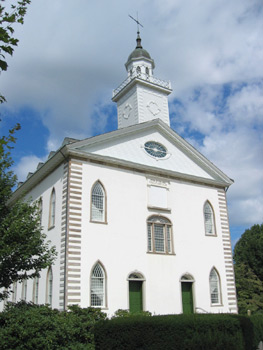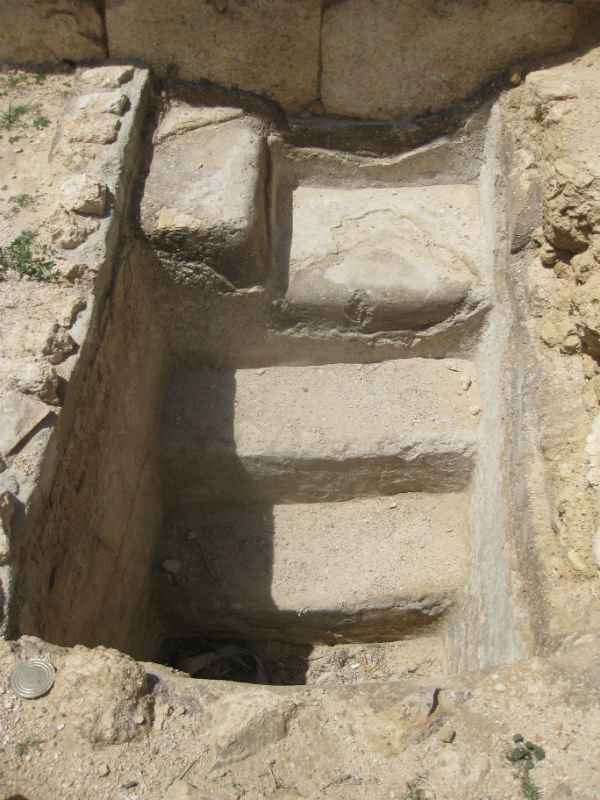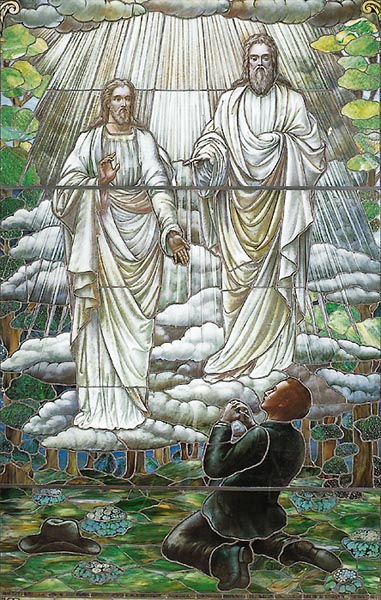Author: Gerald Smith
-

The Influence of the Book of Mormon on the Mormon Temple
One of Joseph Smith’s earliest impulses was to build temples. Just 5 months after the Church’s organization, September 1830, Smith sent a delegation to the west to the Lamanites, but also, according to the delegation’s leader Oliver Cowdery, “to rear up a pillar as a witness where the Temple of God shall be built, in…
-

The Provenance of Mormon Baptism
This is the second in a series of guest posts by Gerald Smith covering the release of his book Schooling the Prophet, How the Book of Mormon Influenced Joseph Smith and the Early Restoration. Read the first one here. Fifteen years ago a professor friend of mine at Boston College – a Jesuit Catholic university…
-

The Provenance of Mormonism
Thank you Nathaniel for your introduction, and thank you to Times & Seasons for the opportunity to share my thoughts and observations with you. A curious paradox of modern Mormonism is how Mormons and non-Mormons frame its heritage. Mormonism appeared in early nineteenth century North America as a new religion amidst a largely Protestant setting.…
